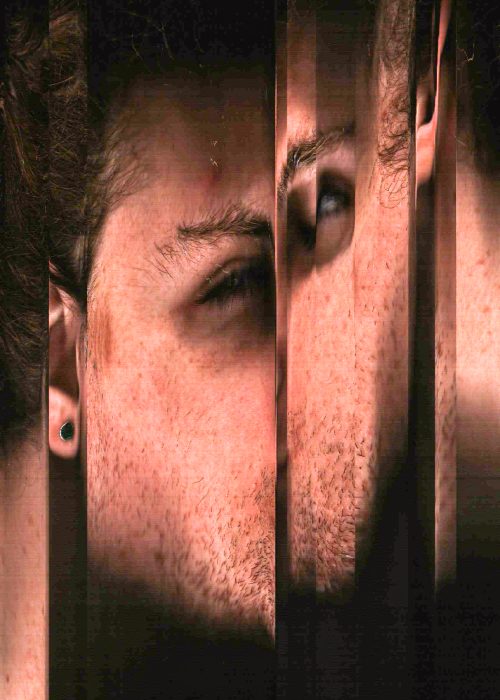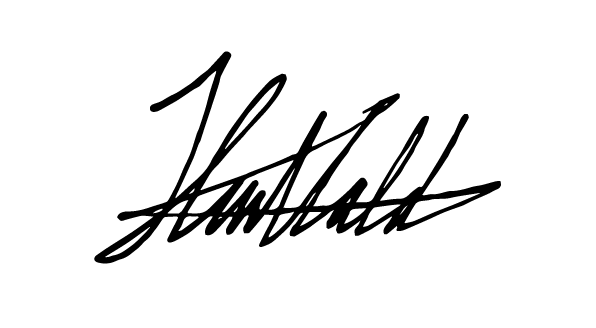CONTEXTS
One of my main sources of inspiration is human nature, especially regarding colour theory and the mantis shrimp. As an artist and a researcher, I look forward to continue exploring the limits of the visible to discover a way of hacking our system and be able to identify polarized light with our eyes. There should be a way of accessing ultraviolet and infrared wavelengths with technological advances. I find iridescence a clue into access this, and look forward to continue investigating and share my results.
The first piece which made me look more into the idea of non visible colour was a Matt Lambert short film “Purgue (sans text)” shot using a temperature sensible infrared camera. The result is a topographic map lookalike display where some areas are coloured different than others. As the camera and the subject move, the colours shift dramatically from one colour to the other. I wasn’t sure at the time if it had to do with lighting or post production but the results intrigued me.
Years later, after finding out more about how colour worked in relation to perception, I encountered two elements that caught my attention in the Victoria and Albert museum. The first was a shelf of Roman blown glass, mostly belonging from 1st – 4th century. The colours were stunning, and similar to others I encountered in my iridescence research. More modern recreations of the rainbowlike effect in glass was, according to the museum: “achieved by spraying the surface with metallic chlorides and reheating it in a reducing atmosphere or with a direct flame, or by the introduction of metallic substances into the glass.”
Another research I encountered on inridisence on the New Scientist (Allen, 2021) confirmed this by stating that iridescence was an effect that could be achieved in almost every surface. It explained iridescence as a phenomena to the fact that “colour can also be produced by surfaces that reflect, or scatter, different wavelenghts of light back in slightly different directions”.
Going back to the Victoria and Albert museum, I also saw an architectural model where engineers used transparent models to calculate the stress that a material had been put onto. Polarized light, either linear or circular, is what allows us to examine transparent materials using photoelasticity in order to see the invisible structure underneath.
I am currently looking into concepts such as birefringence and tetrachromacy to understand better materiality under the scope of human perception. I find these concepts interesting since I consider that not everyone is familiar with the idea of accessing the invisible structures behind transparent objects. Scanning litmus cellophane in movement, showed interesting results about how light can be interpreted.
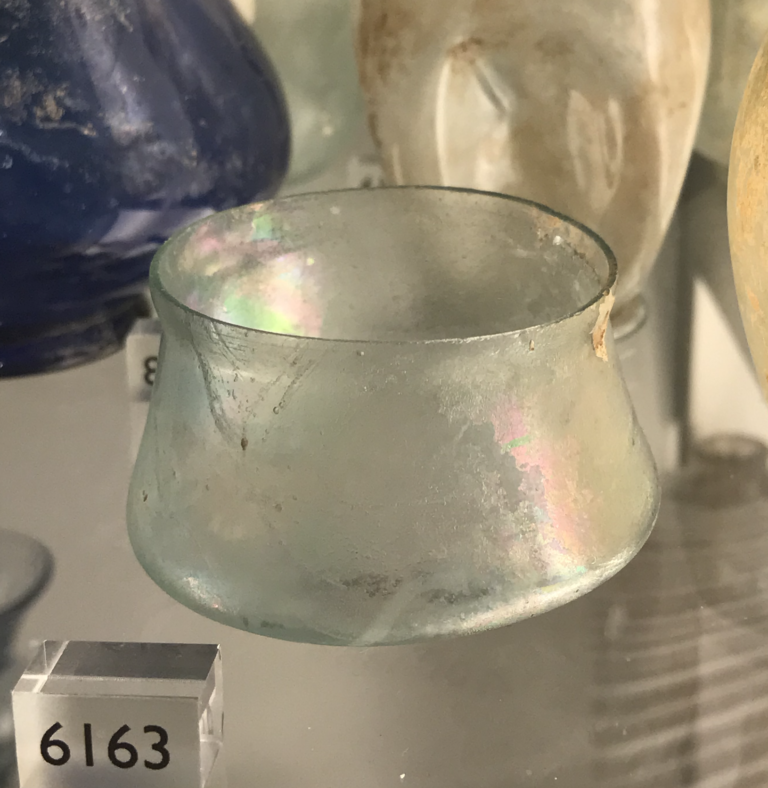
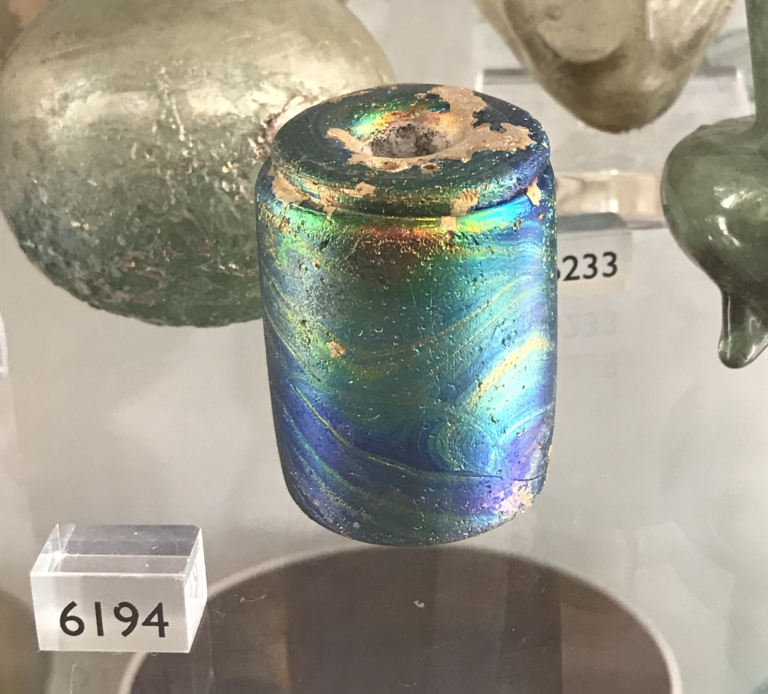
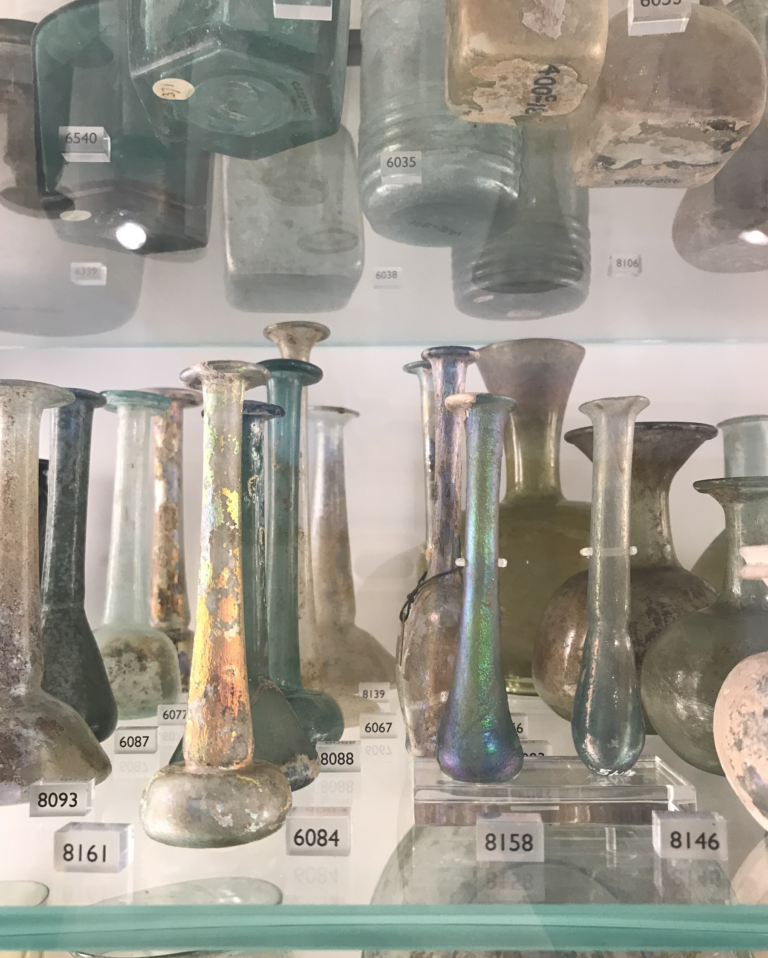

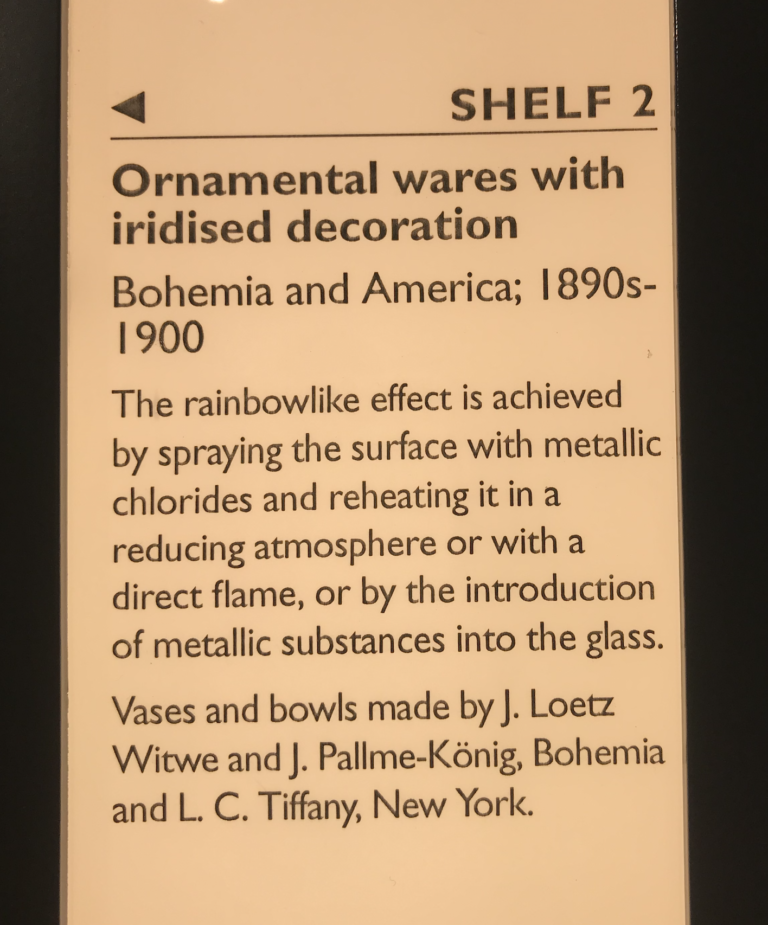

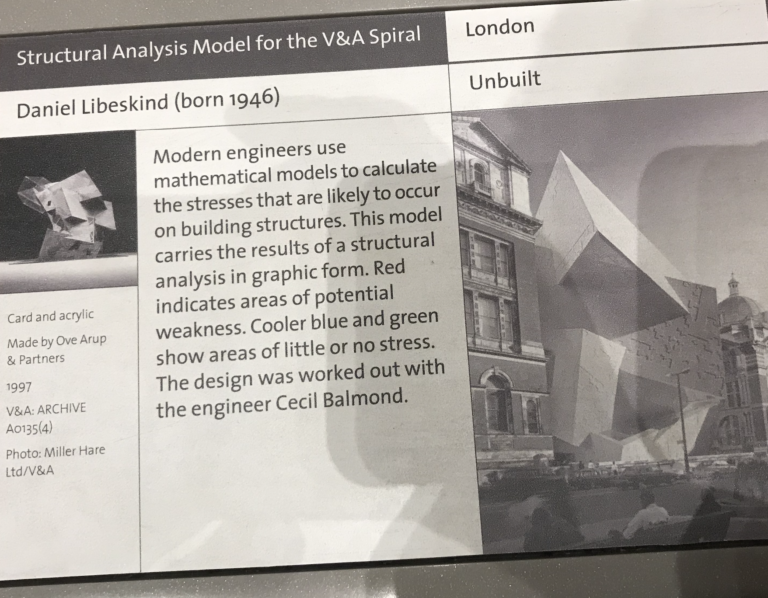


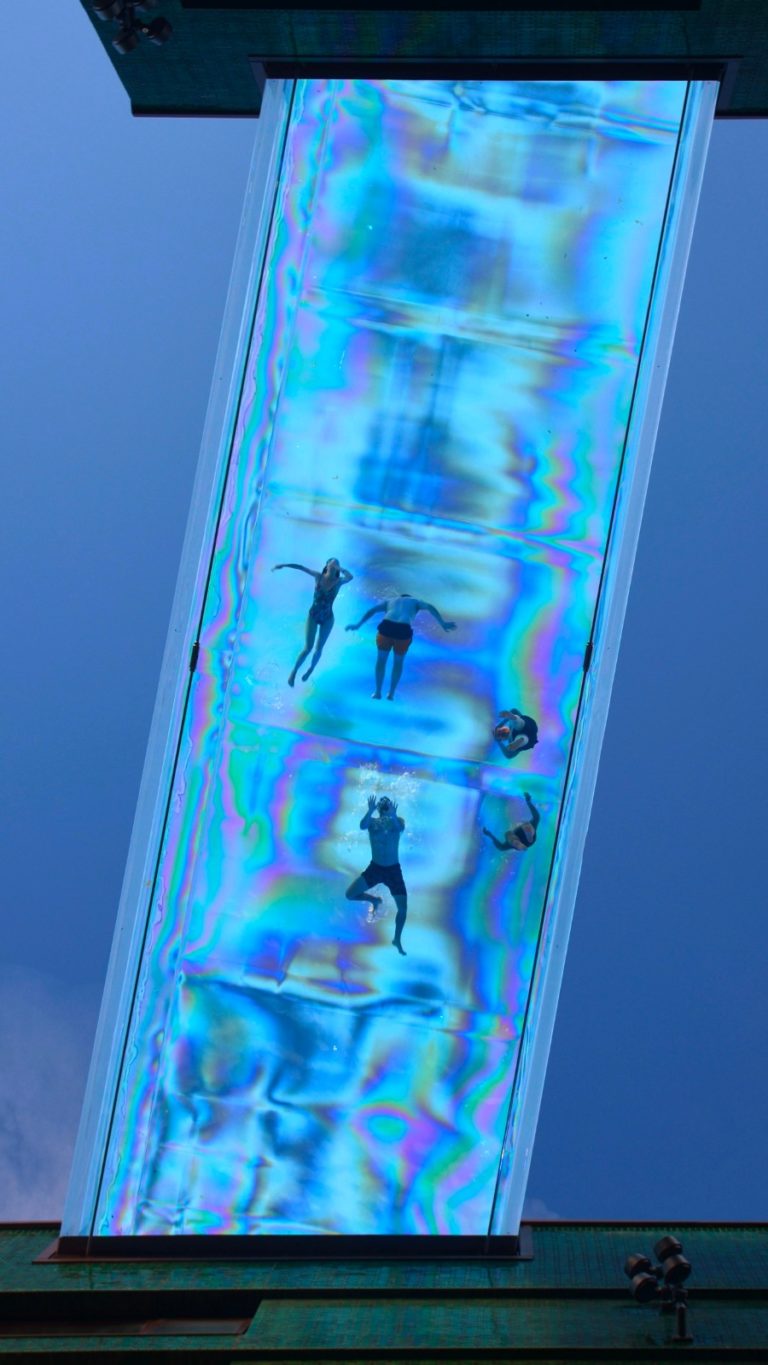
Now I know that my inescapable self-perception of the world, or even my own cosmovision, exists between different realities. I can see my work functioning in the real world, as a big compilation of images that retain this combination within their own little intrinsical meaningless universes.
I can now open “Ursula”, by Hannah Whitaker or “Corazón Salvaje” by Carlos Darder, or “A Rock is a River” by Maya Rochat, or “Film for Her” by Orion Carlotto… and understand the power of the visual by itself. Text will follow, however it is complementary and only an interpretation of whatever is contained. Text and image can be separated, because they represent different types of media.
But this wasn’t always like that.
At first, when I thought my work was entirely self-referential, I believed it was for my best interest to talk about myself. I wrote:
“I just want to skip all of this, and then I will be able to get going with my job. It’s just a task and this will be deleted. I am writing short stories even I don’t understand in my free time.”
The truth is, my most honest work comes from nostalgia. If I could just capture an eternal Coming of Age. I might feel comfortable next to Miró, but I feel questioned and small next to Carlos Darder or ever Orion Carlotto. The qualities of accessing the diary of a beautiful stranger, the ability to feel functional within this contemporary reality.
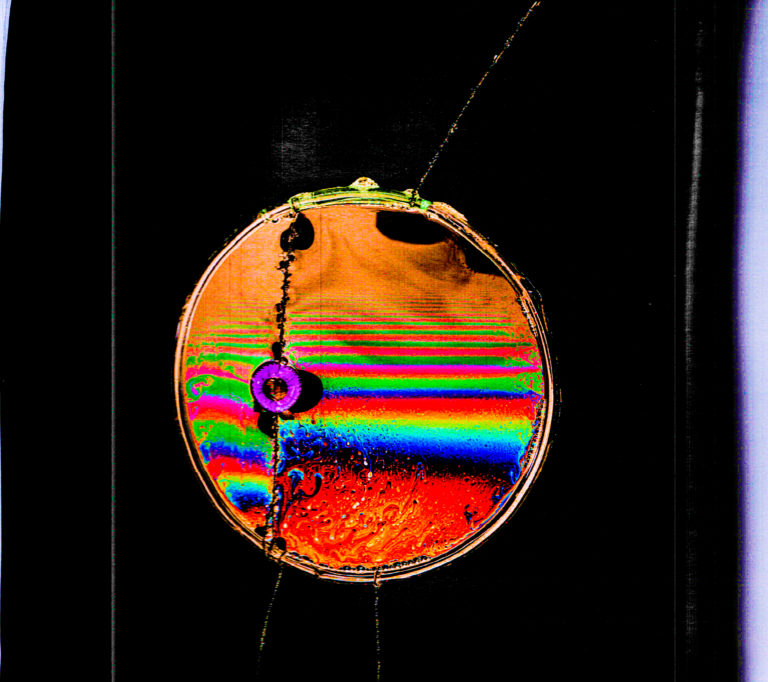
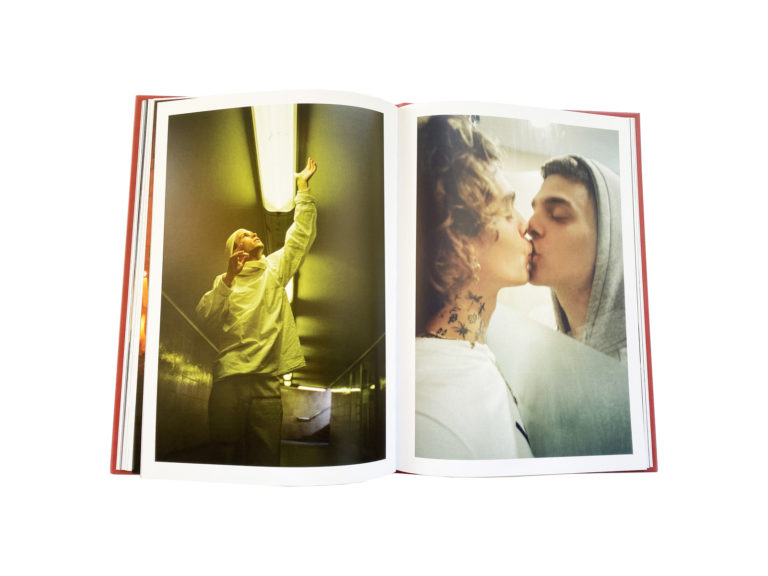
To be accessible. To have the ability to share your internal world, making it interesting. Putting yourself out there, without coming across as too disruptive for it to become uncomfortable. Selling your work without talking about it, or becoming cringy.
To be real. Raw enough that it is accessible and smart enough that is makes sense. Curiosity with intellect. Why do I have to focus outside of what I know? Always thinking about being good enough. Trying to become someone while being functional. Sleeping 15 hours a day.
To be sufficient. Just
–
One
–
More
–
Line
Pictures of people partying, noses bleeding. Youth. Except it’s not a picture but an abstract painting. And it’s not even you. And you are sitting in front of your own web page. Uploading information about yourself.
Here are some loose items to linger with:
⁃ allan kaprow
⁃
⁃ CLAIRE BISHOPP / survey for tate installation practice and art
⁃
⁃ PINPOINT – NAIL TO WALLS THE COLOR PRINTS I HOARDER
⁃
⁃ SHORT TERM:
BACK TO TRASH
⁃ MEDIUM TERM:
FAKE EDITORIAL
⁃ LONG TERM:
PUBLICATION
——— Walter benjamin ( Rat pickers) arcades book /// flanner flaneur chefonier
Archeology
The world without us – Allan weizman
Maintenance—- Abandonment
Zoe leonard
-/// Museum display //
Trade !
NEOMATERIALISM – Joshua simon
Roland Anderson
Nick along
Anne Ring Petersen : Migration into art
Chila Kumari Burman
Homi K Bhabha
Hurvin Anderson
Stuart Hall
Mona Hatoum
Richard Layzell / Karaoke
D TRAIG [ MEMORY OF PLACE] GUILLERMO DEL TORO DRAWING On what there is .
BOFORE AND AFTER
IMMERSIVVE PARTICIPATORY
ATLAS ARCHIVE
ALEX VANESS
CTALAN SURREALISM
GABRIEL GARCIA MARQUES
Species of spaces
LAURA
EMOTIONAL TO DIGITAL / artificial
Worms that eat plastic
PETER DOIG
—— ana barribal
Portlandia
The mighty bush
Shits creek
Trashootting trashspotting
ODETTE ENGLAND
Memory of Space
WADE GUYTON>>>>>>>>>>
Expression or explanation?
I don’t want to take for granted the air I was able to breathe while working.
We can’t unsee. My obsession is the inevitable.
An epitome of the unknown.
Shifting what is already fixed and reinterpreting it.
The less I explain, the more I ask from the viewer.
Every individual unit belongs to a system.
FACIAL MASKS FALLING FROM TREES
References:
Allen, Michael (2021) How the shimming secrets of iridescence could keep us cool. London: New Scientist.
